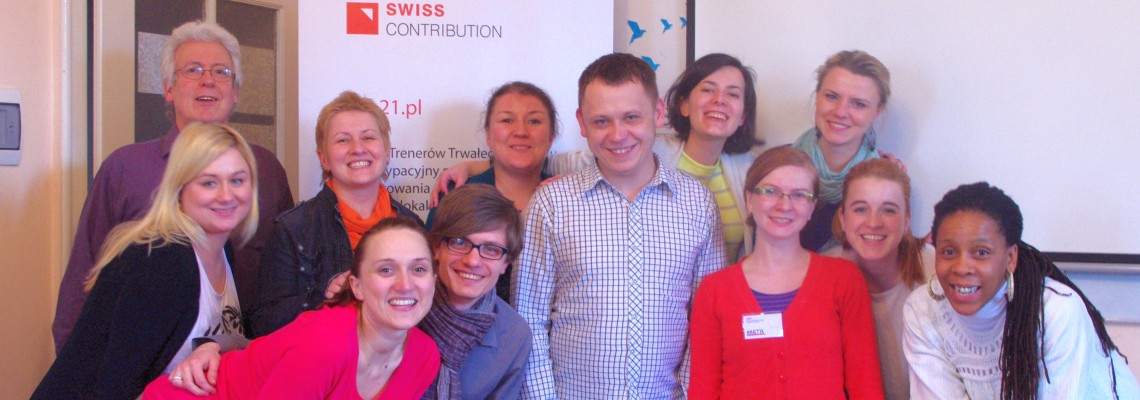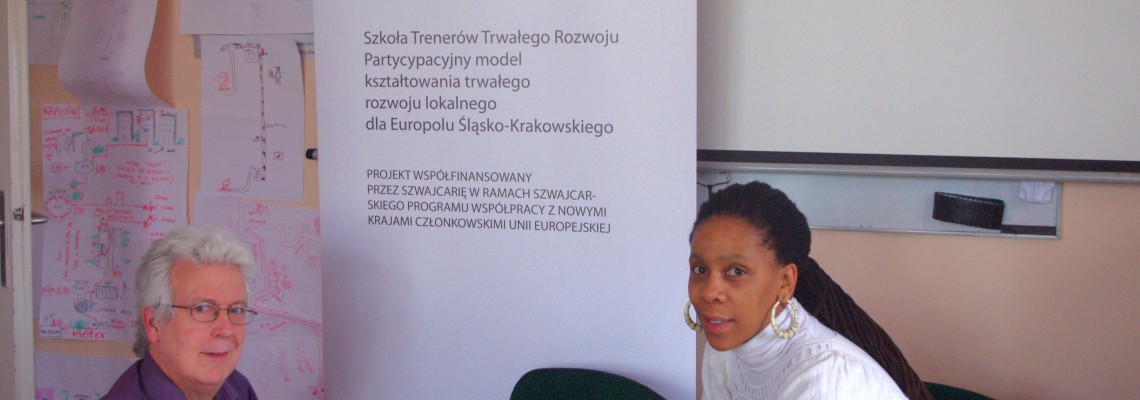Funded under the Swiss Block Grant, Mapping for Change in collaboration with the Centre for Training and Personal Development MERITUM, the Cultural Authority City of Gardens and Highways 4 Elements carried out a two year training programme in the Silesia region of Poland.
The project set out to increase the participation of citizens in shaping local policy created in the Silesian-Cracow Europol.
Our Role
Mapping for Change were commissioned to train forty-two trainers and coaches in sustainable development of the area outlined in the Development Strategy for the South Polish region. Mapping for Change equipped trainers with the ability to not only train others, but also to run engaging workshops across the community.
Impact
Mapping for Change developed a Polish version of their interactive Community Maps platform and trained participants enrolled in the programme in how to utilise a range of participatory mapping methodologies. The information collected during the mapping process formed the basis for developing written recommendations to take concrete actions for change in local communities and that aim to enable people to feed into local plans for sustainable development.
Community Maps allowed citizens to take action about problems which affected them in their local area, including dog fowling.
Related Projects
MyAccessible.EU
MyAccessible.EU is a three year research project funded by the European Commission. It aims to make cities’ built environment more accessible for disabled and older people by challenging social attitudes, raising awareness and delivering assistive mobile applications. These mobile applications will provide tools for collectively gathering and sharing information about accessibility of public spaces.
Kampala NOSES; Network for Odour Sensing Empowerment and Sustainability.
Kampala NOSES is a pilot project that seeks to introduce novel ways with which to monitor and record odour issues across Kampala. All key stakeholders, from policy-makers to public sector administrators, from academics to industries and the community at large are needed to create a longer-term vision of implementing new environmental reporting and governance mechanisms.
Southwark New Homes
In early 2015, Southwark Council commissioned Mapping for Change to build an online Community Map to aid and support the work of the Council, in its pledge to build 11,000 new homes over the next thirty years.

